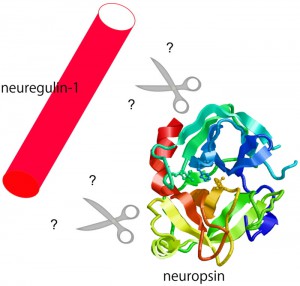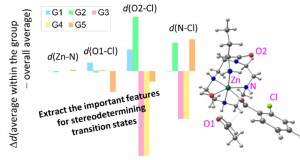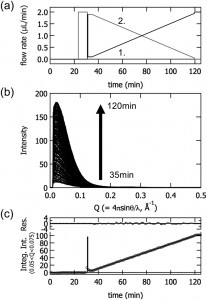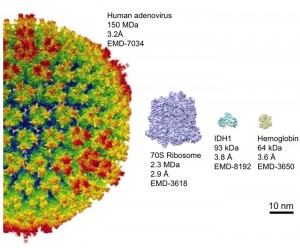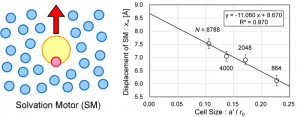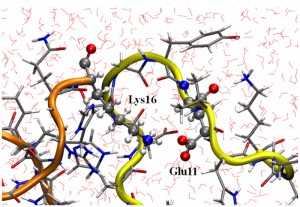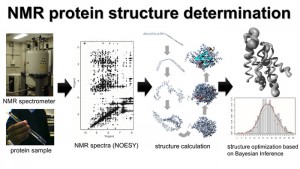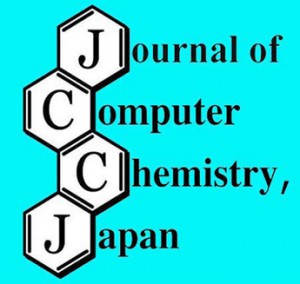[Published online Journal of Computer Chemistry, Japan Vol.16, 160-162, by J-STAGE]
<Title:> 分子動力学を用いたニューロプシンのペプチド認識に関する研究
<Author(s):> リントゥルオト 正美, 堀岡 洋太, 阿部 光将, リントゥルオト ユハ
<Abstract:> The substrate specificity and selectivity on the chymotrypsin-type serine protease, neuropsin was investigated by using molecular dynamic simulation. The amino acid residues at l1 and l5, which are located adjacent to the neighboring residues of cleave site Argl3 on both sides, play important roles, and the interactions between these amino residues of peptide and loops D and H of protein regulate the affinity and catalytic activity.
<Keywords:>
<URL:> https://www.jstage.jst.go.jp/article/jccj/16/5/16_2017-0053/_article/-char/ja/
